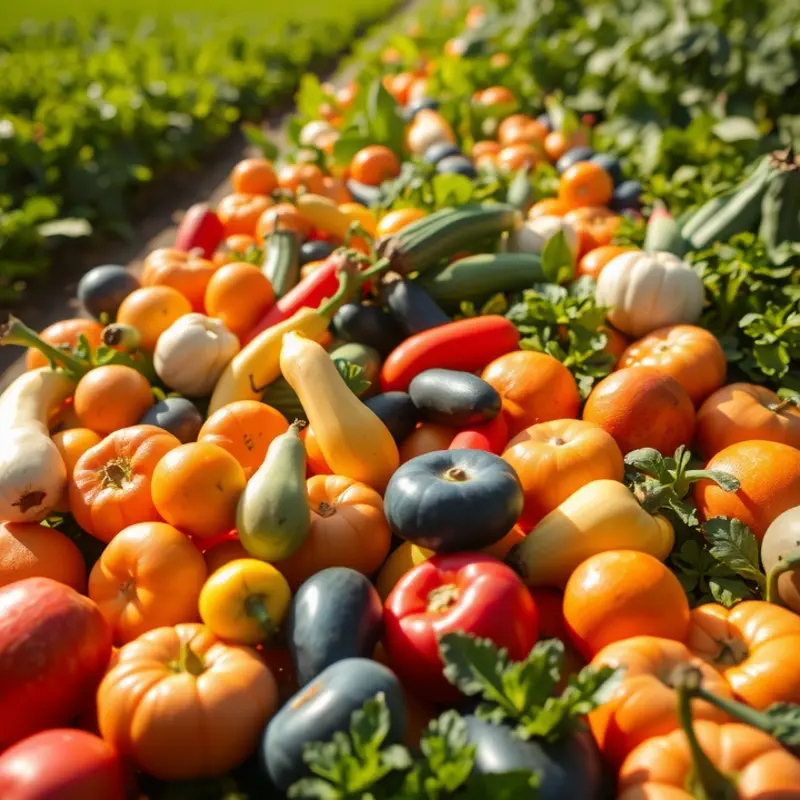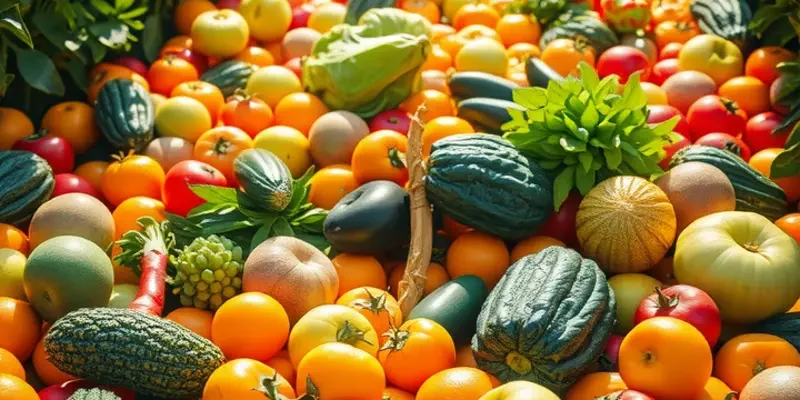Dairy-free diets are gaining traction among health enthusiasts and those with lactose intolerance. These dietary choices go beyond mere exclusion, introducing a world of alternatives that can be equally nutritious and satisfying. From plant-based milks to innovative cheese substitutes, this guide uncovers the myriad of options available for those interested in embracing a dairy-free lifestyle.
The Dairy-Free Revolution: Benefits and Alternatives

Shifting to a dairy-free diet presents an opportunity for transformative health benefits. Many individuals report improved digestion, as dairy is a common irritant for people with lactose intolerance or sensitivity. By eliminating dairy, one can experience less bloating and digestive discomfort, leading to enhanced gastrointestinal health.
Reducing dairy can also mitigate inflammation. Dairy products can trigger inflammatory responses in some people, exacerbating conditions like acne, arthritis, and certain skin disorders. A dairy-free lifestyle may thus contribute to clearer skin and reduced joint pain.
Another potential benefit is increased energy levels. Some people feel more energetic once they stop consuming dairy, as the body is no longer burdened by digesting lactose or casein. This surge of energy can enhance daily activities and overall well-being.
Embracing a dairy-free diet means exploring a variety of alternatives that don’t compromise on taste or nutrition. Plant-based milks are the most popular substitutes, offering diverse options like almond, oat, and coconut milk. Each has its nutritional profile, often enriched with calcium and vitamins D and B12 to match the benefits of traditional milk.
For those missing yogurt, dairy-free varieties made from coconut, almond, or soy are widely available. These alternatives can contain probiotics, aiding digestion and promoting gut health. They often include added nutrients such as calcium and vitamin D, making them a wholesome choice.
Cheese, a beloved dairy product, also has numerous dairy-free options made from nuts and seeds. Cashew and almond-based cheeses provide a creamy texture and rich flavor. Nutritional yeast, often incorporated into these products, delivers a cheesy taste while being a powerhouse of B vitamins and protein.
To support individuals transitioning to a dairy-free lifestyle, resources are readily accessible online. For example, you can explore tasty recipes that fit a dairy-free regimen, like zucchini noodles with avocado pesto, a delicious and satisfying choice for those avoiding dairy. Check out this fresh and flavorful recipe for inspiration.
Understanding the nutritional aspects is crucial when choosing dairy substitutes. Pay attention to fortification and ingredient lists, ensuring your selections offer essential nutrients for a balanced diet. With careful consideration and a spirit of culinary adventure, the shift to a dairy-free diet can be a delicious and health-enhancing experience.
Crafting Your Dairy-Free Kitchen: Practical Tips and Recipes

Embarking on a dairy-free journey starts with reimagining your kitchen. Stocking it strategically can transform everyday challenges into delightful opportunities. Begin by understanding that going dairy-free goes beyond simple substitutions. It’s about embracing a thoughtful selection of ingredients that not only replace dairy but also elevate your culinary experience.
When stocking your pantry, consider essentials such as coconut milk, almond milk, and oat milk. These versatile alternatives can be used in baking, cooking, and even your daily cup of coffee. Plant-based yogurts and cheeses are worthy additions too, offering textures familiar to traditional dairy products.
It’s crucial to become adept at reading labels. Many products contain hidden dairy elements, such as whey or casein. Opt for items explicitly marked as dairy-free to ensure you’re not inadvertently consuming milk derivatives.
Breakfast can often feel limited without milk or cream, but it doesn’t have to be. Try making overnight oats with almond milk, topped with fresh fruit and seeds for added texture and nutrition. Smoothies are another morning favorite. Blend a handful of spinach, frozen bananas, and a scoop of protein powder with your choice of plant milk for a nourishing start to your day.
For lunch, consider creating a Mediterranean-inspired dish like a chickpea salad, marrying flavors of olive oil, lemon juice, and herbs. If you’re looking for inspiration, check out this flavorful Mediterranean chickpea salad recipe. The salad is not only dairy-free but also packed with vibrant ingredients.
Switching seamlessly to main courses, making a rich, flavorful sauce is easily achievable. A creamy garlic sauce can be recreated with coconut milk whisked with nutritional yeast, offering depth and a cheesy twist without the cheese.
The true test often lies in the dessert realm. Crafting satisfying treats that skip the dairy can seem daunting but fear not. Start with simple cookies using almond flour and plant-based butter. Chocolate lovers can indulge guilt-free by using dairy-free chocolate chips in their cookies or brownies.
Finally, remembering that enjoyment of food is a sensory experience, don’t compromise on flavor. Use herbs, spices, and a variety of plant-based foods to nourish your palate and keep your meals exciting. Incorporating dairy-free options into your daily routine is not just about substitution; it’s about enhancement and exploration, paving the way for an enriched and delicious diet.
Final words
Adopting a dairy-free diet brings along a realm of possibilities, promoting health and culinary creativity. Whether driven by dietary needs or lifestyle choices, the alternatives available today cater to diverse tastes and preferences. By exploring various plant-based products and learning to craft delicious meals, not only can you enjoy a nutritious diet, but also savor the full richness of flavors that dairy-free options offer. Embracing this lifestyle is about more than just what you avoid; it’s about discovering and enjoying what you can have.








